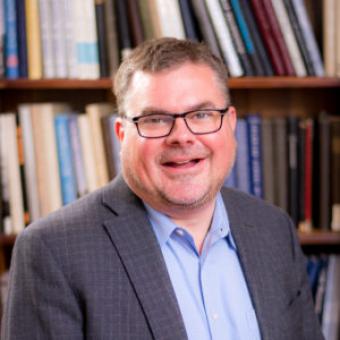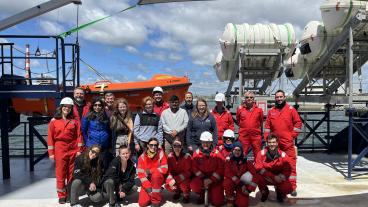
Colorado School of Mines Professor Ryan M. Richards has been named a VIPEr Fellow in an innovative study to develop, test and refine a flexible, foundation-level inorganic chemistry course.
As one of a group of 40 faculty selected for this ground-breaking project, Richards will join other inorganic chemists from across the country in a community of practice dedicated to improving student learning. Over the course of the project, the VIPEr Fellows will implement evidence-based practices in their courses.
“Inorganic chemistry is at the heart of numerous societal grand challenges including sustainability and a circular economy. It’s crucial that we (inorganic faculty) develop and vet the best pedagogical practices to provide our students the deepest level of understanding possible. I’m really excited to work with this group of faculty to brainstorm and exchange ideas," said Richards, a professor of chemistry and materials science at Mines.
The study, entitled “Improving Inorganic Chemistry Education,” is being led by the Interactive Online Network of Inorganic Chemists (IONiC) with support from the National Science Foundation’s Improving Undergraduate STEM Education program. The project will use classroom observations, analysis of student work, student surveys and faculty interviews to study how changes in the classroom affect student learning, interest, and motivation.
IONiC's web home, the Virtual Inorganic Pedagogical Electronic Resource (VIPEr), will be used as the hub for disseminating the course goals, content and pedagogy. The project will also investigate how IONiC may encourage the adoption of evidence-based classroom practices.
”This next cohort of VIPEr Fellows is amazing,” said Hope College Professor Joanne Stewart, a principal investigator on the grant. “Our first set of Fellows gave us insight into the power of community to help faculty reflect and support changes to their teaching practices. We are excited to continue the project with another group of Fellows that represent the diversity of faculty and institutions that exist throughout inorganic chemistry.”
To learn more about the NSF project, go to www.ionicviper.org/fellows.




